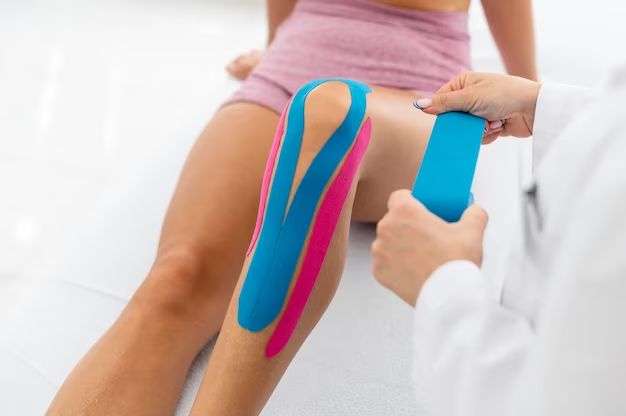Have you ever heard of Kinesio Taping? What about Kinesiology? Currently, there are more than thirty brands of kinesiology tape in the market. Developed back in the late 70s, this is a tape designed by Dr Kenzo, a Japanese chiropractor who was looking for a tape to provide support without limiting movement like the traditional athletic tapes. In fact, if you have ever watched sports such as volleyball, you might have seen strip-like tapes on the knees, the back, or even on the as.
Basically, a kinesiology tape is a therapeutic tape used on a person’s body to support the body, reduce pain, and even improve the output of a person. Over the years of use, Kinesio taping has achieved great success, especially due to its practicality; it does not even get in the way of what you are doing.




